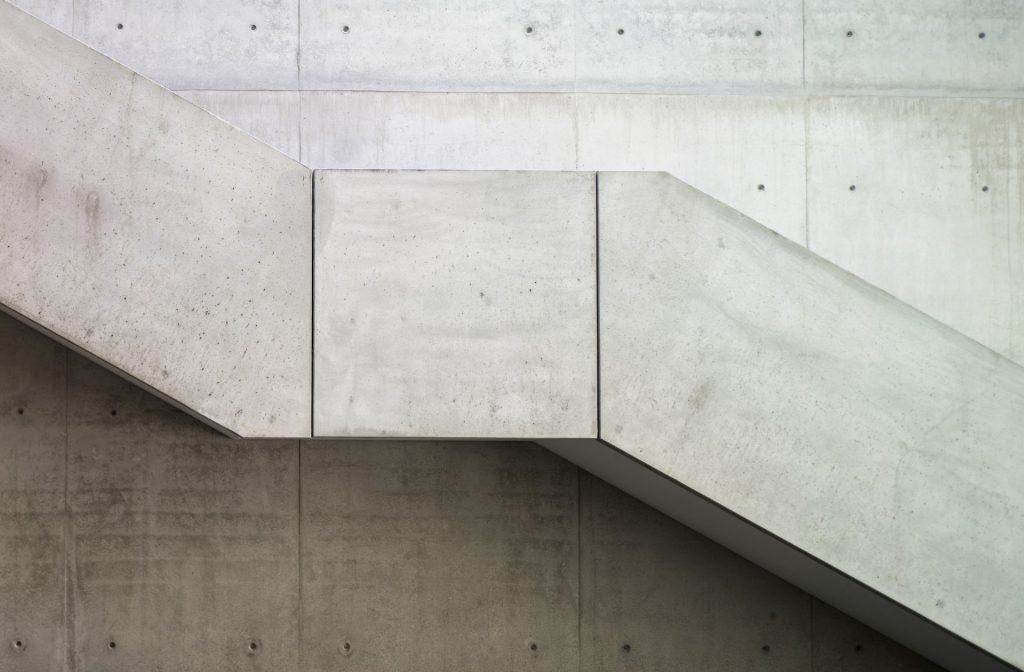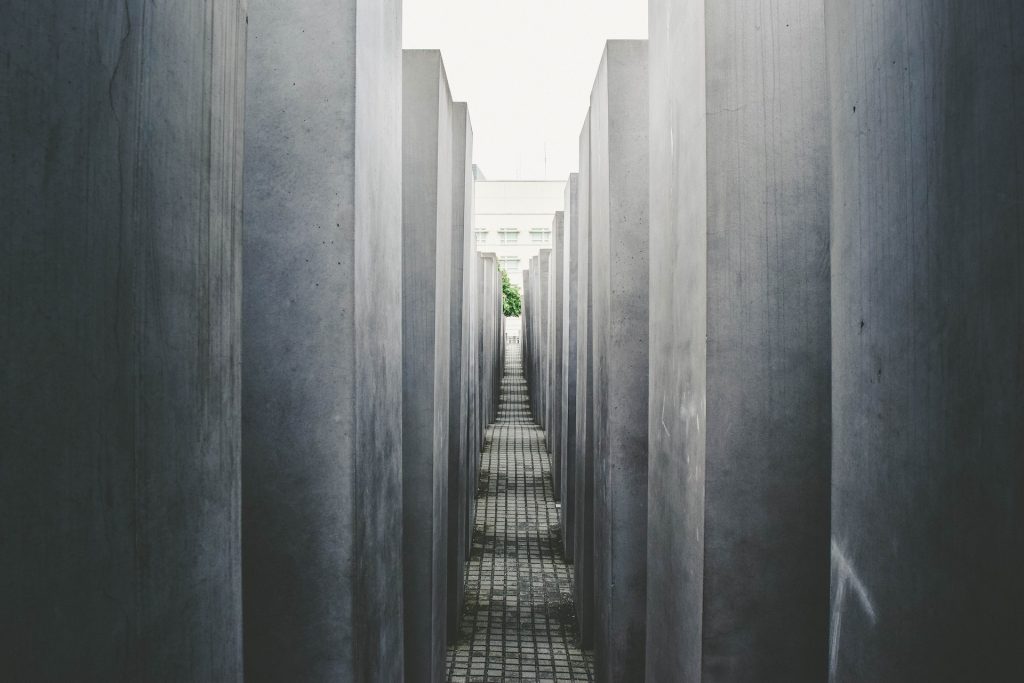Concrete can be difficult to cure in high temperatures. It’s possible that if it’s too hot outside, the concrete won’t cure correctly, making the building unsafe to use. Chemicals for ready mix concrete Malaysia can cure concrete in hot weather but it also can be challenging, with the appropriate planning and methods, your job will be safe.
How to Avoid Concrete Problems in the Heat
High temperatures present a number of challenges when it comes to concreting because of the unpredictability of the weather. When temperatures are high, concrete tends to set too rapidly, a problem that can be difficult to manage. Hot weather concreting problems are common, but they can be avoided with the right preparation.
When dealing with concrete, it is crucial to be aware of the temperature range. Temperatures between 50 and 80 degrees Fahrenheit are optimal for the majority of concrete mixes. Outside that range, the concrete may set too quickly, making it impossible to work with. Before beginning the job, it is essential to verify the local temperature.
The External Conditions
Understanding the external conditions that could have an effect on the temperature is just as crucial as knowing the temperature range. The elements that contribute to this can vary. Concrete dries up faster in the heat because more water evaporates throughout the process. If there is a lack of humidity in the air, the concrete will solidify much more rapidly. Drying might also be sped up on a breezy day.
Making ensuring the concrete is thoroughly mixed is essential for avoiding problems during hot weather concreting. The cement, sand, water, and other components of concrete require precise mixing to ensure a consistent final product. Uneven curing and weakening of the final product might result from improper mixing of the ingredients.
The ratio of water to dry ingredients is also crucial. Concrete uses water to hydrate the cement, allowing it to cure when temperatures are high. Overwet concrete is more likely to crack. Use only as much water as necessary to get the concrete to a plastic state.

The Setting Time
The setting time of concrete can be adjusted with the help of particular additives in warm weather. There are additives that can either reduce or speed up the curing time of the concrete; these are called as “retarders” and “accelerators,” respectively. That makes the concrete easier to work with while it’s hot outside.
Find the Proper Concrete Mixture
The success of a concrete curing project in high temperatures hinges on employing the proper concrete mix. The mixture, after all, must be thermally stable and show no evidence of cracking or other damage. Here are four professional pointers to think about when choosing the concrete mix for curing in high conditions, so you can get it right the first time.
Take the aggregate form first. Selecting an aggregate mix with the appropriate type for the temperature circumstances at hand is crucial. In warm climates, for instance, aggregates like quartz or granite are used because of their increased heat capacity.
Second, make sure your concrete mix has plenty of air in it. A larger air concentration in the mix will assist absorb the heat and cushion the concrete, reducing the likelihood of craters and cracks due to heat.
Third, make use of a low water-to-cement ratio concrete mix. The concrete will be more resistant to thermal cracking if the water-cement ratio is reduced.
Last but not least, employ a concrete blend including cement that takes longer to set. Delayed-setting cement requires more time to fully harden, so it won’t crack even when exposed to greater temperatures. The added protection is especially useful while curing concrete at high temperatures.

